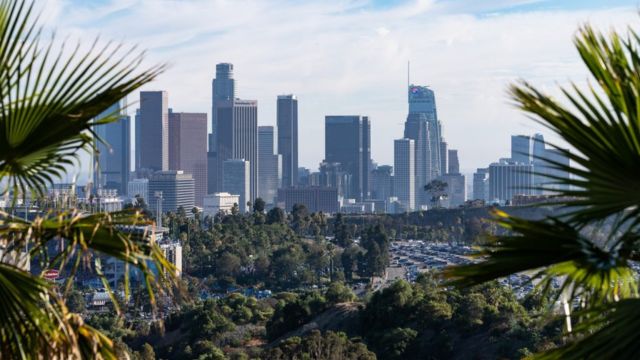Discover the 5 Most Dangerous Neighborhoods in Downtown Los Angeles, LA
The dynamic and varied district of downtown Los Angeles has its share of difficulties in addition to representing a rich cultural tapestry. Even while Downtown LA is home to many famous landmarks and a vibrant urban scene, some of its districts have greater rates of crime than others, making them particularly dangerous for both locals and tourists. For those traveling across the city to stay alert and knowledgeable, they must have a thorough understanding of these neighborhoods.
Locals and tourists should use caution, be aware of their surroundings, and take all required safety measures when traveling in Downtown Los Angeles. Personal safety can be enhanced by avoiding lonely places at night, exercising caution with valuables, and maintaining awareness of one’s surroundings.
What is the Crime Rate in Los Angeles?
Los Angeles was placed as the third most hazardous city, with 41% of Americans surveyed saying it is a safe place to live or visit. This is the highest percentage Gallup has ever recorded for the city, even though Los Angeles had the fifth-lowest homicide rate among the 16 cities in the study this year.
Which Los Angeles Zip Code Has the Highest Crime Rate?
County of Los Angeles, 2022. Police held a press conference close to the site of the incident. Picture from the Los Angeles Almanac. With 15 violent crimes per 1,000 residents, Commerce had the highest rate of violent crime in Los Angeles County in 2022.
Is Crime in Los Angeles increasing?

Both violent crime and homicides in Los Angeles have decreased by 15% over the previous year. The highest number of applications in a single month since September 2020 was 1,048 in August, according to the LAPD.
Top 5 Most Dangerous Neighborhoods in Downtown Los Angeles
1. Skid Row
Skid Row, arguably one of the most notorious neighborhoods in Downtown Los Angeles, deals with several serious socioeconomic problems, such as high rates of violent crime, drug-related activities, and homelessness. There are still safety concerns in this community, despite continuous efforts by non-profit organizations and local law enforcement.
2. Westlake
A variety of criminal activity is prevalent in Westlake, most notably property crimes including burglaries and theft. In addition to dealing with gang-related occurrences, this densely populated neighborhood has a reputation for having higher crime rates.
3. The Fashion District
The Fashion District is well-known for its vibrant fashion culture, but it has also seen problems with property crimes like theft and vandalism. Due to the area’s popularity with tourists and shopping, theft and pickpocketing events are also common.
4. East Central City

Like Skid Row, Central City East struggles with drug abuse, homelessness, and violent crimes. There are sometimes instances when the density of social services and shelters in this region makes people worry for their safety—both as residents and as business owners.
5. Pico-Union
Property crimes and violence associated with gangs are among the many problems this community suffers. Even with the attempts to increase security, there is still some criminal activity in Pico-Union.
While certain neighborhoods have been identified as having higher crime rates, it’s important to remember that Downtown LA is made up of a variety of communities, each with its distinct features. Law enforcement organizations always strive to overcome these obstacles by putting safety and crime-reduction plans into action.
Conclusion
Even though Downtown Los Angeles is a vibrant and diverse metropolitan core, it’s important to recognize the neighborhoods that have greater rates of crime. Downtown LA citizens, law enforcement, and community organizations may work together to create safer and more secure communities by recognizing these obstacles and putting their heads together.
Furthermore, fostering a sense of community and providing backing for neighborhood projects that tackle fundamental societal problems can be crucial in establishing safer spaces in these communities.
